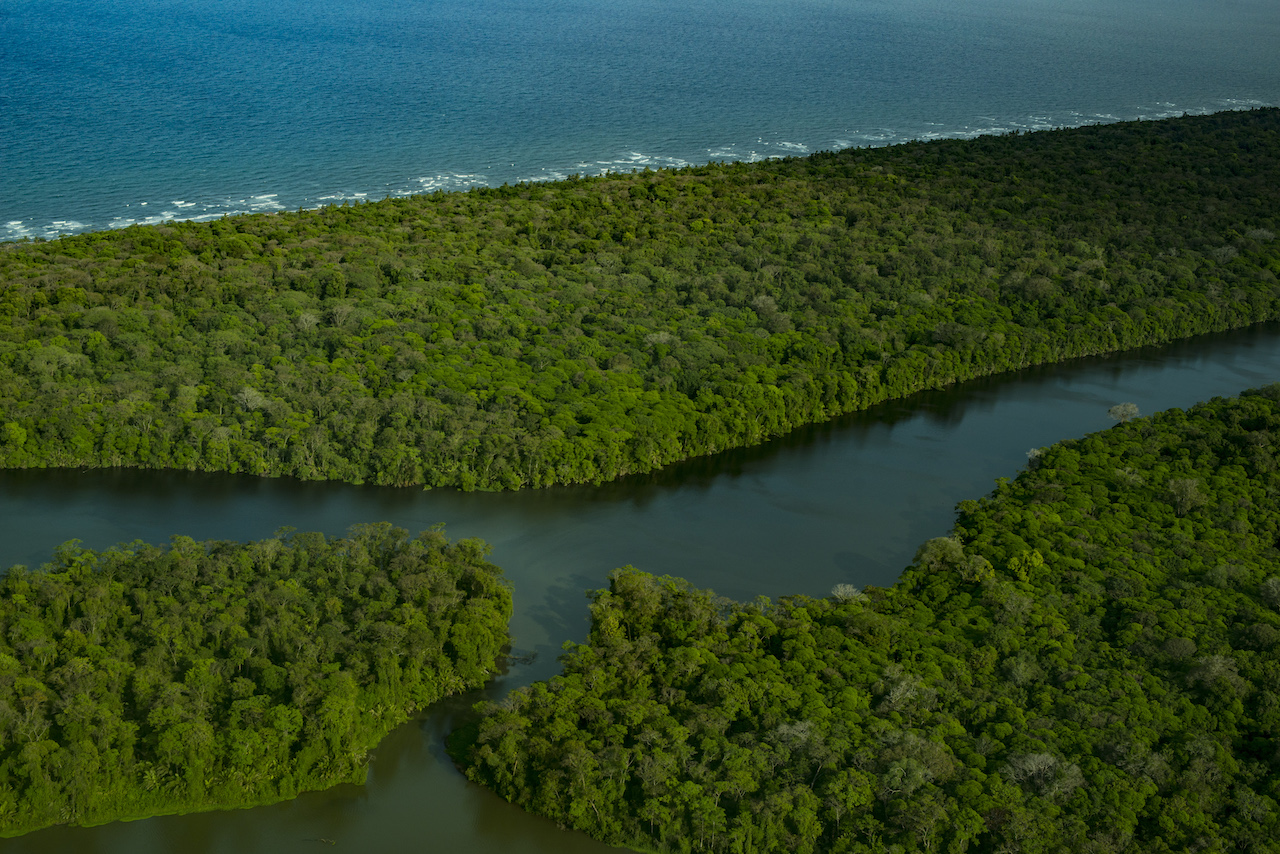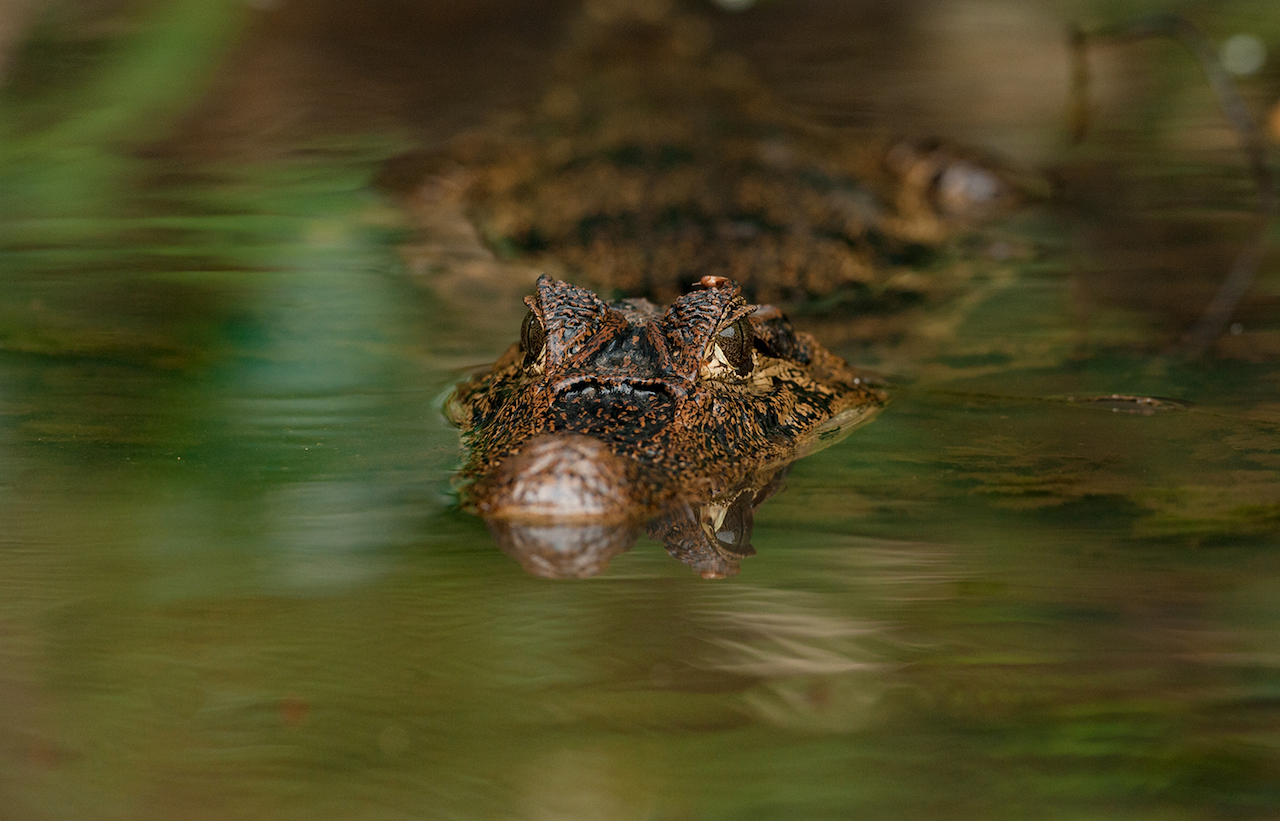Tortuguero Costa Rica.
Where is Tortuguero located?
Tortuguero is a town on the Caribbean coast that can only be accessed by sea or river.

In this area you can find the famous National Park which is located northeast of Costa Rican territory and is one of the main tourist icons of Costa Rica since it is internationally recognized for protecting the most important green turtles nesting beach in the Western Hemisphere.
Away from the city and made up by an extensive network of rivers and canals, the access is possible only through small boats: this way the Tortuguero National Park is, a place unlike any other; where small communities surrounding Protected Wilderness Area, as Barra del Tortuguero in Costa Rica and San Francisco, still retain their traditions and alsoenjoy the benefit of having the bicycle as their main transportation method, making the travel a true encounter with Caribbean culture.
This jungle is a paradise for research and ecotourism, the ecosystems of the area are so complex and diverse that visitors can expect anything in the routes, passing from calm to find any species of flora and fauna of Costa Rican Caribbean.

Weather:
The humid tropical forest and very humid tropical forest predominate. The annual average precipitation reaches 19.6 feet (6,000 mm). The highest rainfall months are July and December, the least rain are March, April and October. The annual average temperature ranges between 77 Fahrenheit (25 ° C) and 86 Fahrenheit (30 ° C). The heat, humidity and rain are companions on thejourney.
Ecological importance:
•Protect nesting beaches for 4 sea turtles’ species: Green (Chelonia mydas), Baula (leatherback, Dermochelys coriacea), Carey (Hawksbill, Eretmochelys imbricata), Cabezona (loggerhead, Caretta caretta).
•Protects important populations of endangered species.
•Protects the habitat of the manatee (Manati, Trichechus manatus), which is one of the most rare and endangered mammals in Costa Rica.
•Protects the habitat of the largest felines in America. Tortuguero Costa Rica has one of the largest populations of Costa Rica and a consolidated research program.
•Protects the ecosystem called Yolillal (Raphia taedigera)Protects 19,000 hectares with elevations from 0 to 390 meters (0 to 1280 feet) at the top of Cerro Tortuguero. The habitats represented here are beach, estuary, marine, freshwater riverine, and tropical lowland rainforest.
Tortuguero was protected as a nesting sanctuary in 1963 and declared a National Park in 1970 largely due to the efforts of the Caribbean Conservation Corporation and a turtle biologist named Archie Carr.Nearly 20 feet (6,000 mm) of rain falls on Tortuguero yearly. Expect rain at any time of the year, but the three wettest months are December, June, and July, and the three driest are February, March and September. Yearly average temperature of 79 °F (26 °C)Size ~47,000 acres (~19,000 hectares) plus ~129,000 Maritime acres (~ 52,265 hectares)
Flora and fauna (identified to date):
•734 plant species.
•442 bird species.
•138 mammal species (101 genera y 32 families).
•118 reptile species (76 genera y 22 families).
•58 amphibian’s species (27 genera y 11 families).
•460 anthropoid’s species.
Featured species:
•Green turtle (Tortuga Verde, Chelonia mydas): One of the first reasons to create the TNP is that this species has Tortuguero as one of the major nesting beaches in the world.
•Green Macaw (Lapa Verde, Ara ambiguous): bird species in danger of extinction that has been recovering its population with Tortuguero as one of its main nesting sites and food.
•Caiman (Caiman cocodilus): One of the Species present along the canals of Tortuguero Costa Rica, it is sometimes possible to observe several of them taking a sunbathing.
•Black Turtle (Tortuga Negra, Rhinoclemmys funerea): One of the Tortuguero river species. In the canals you can get to observe several in the same wooden log.
•Jacana (Jacana jacana): One of the most colorful species of birds in the Tortuguero canals.
•Anhinga (Pato aguja, Anhinga anhinga): Featured bird of Tortuguero canals, you can see it at tree branches drying its wings after diving to hunt.
Common trees.
Crabwood, Banak, Santa Baria, Bully tree, Mangroves, Ceiba, and Passion Fruit trees.
Common plants.
Aquatic Lilies, Monkey Ladders, Liriums, Heliconias, and wild plantain.
